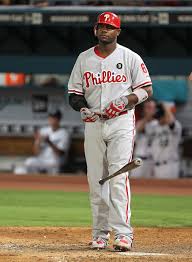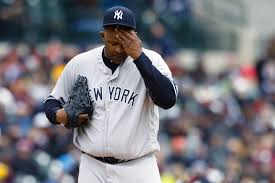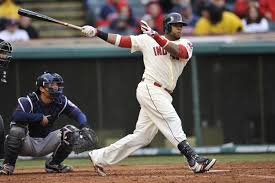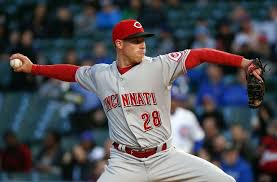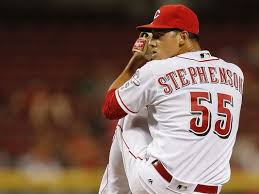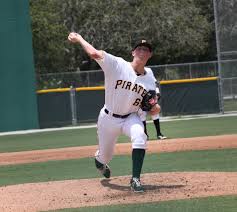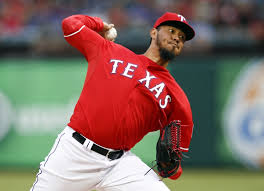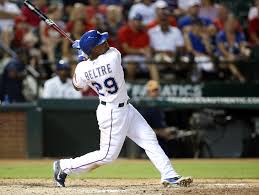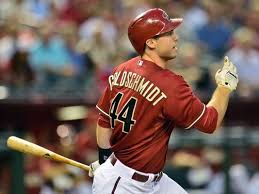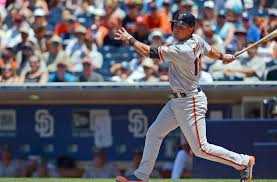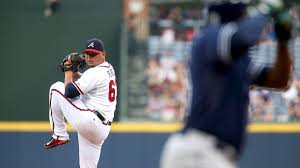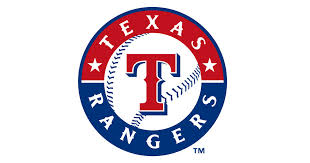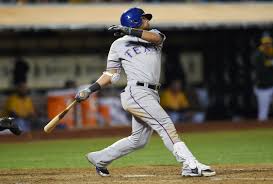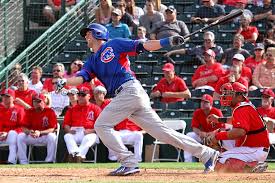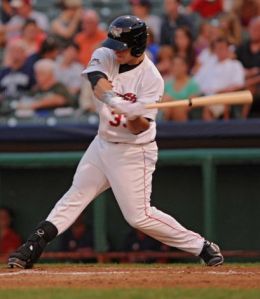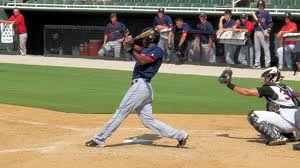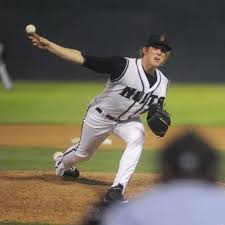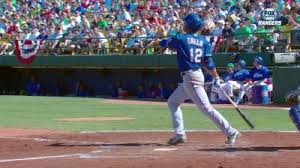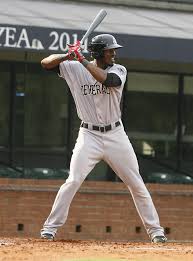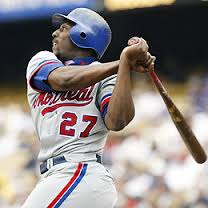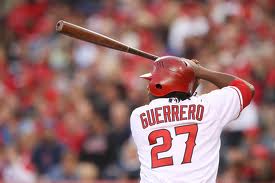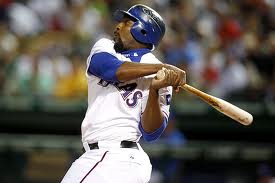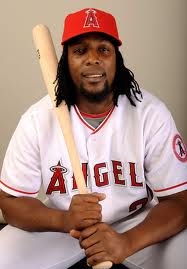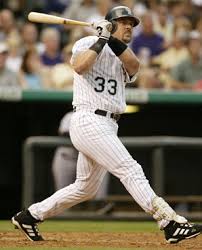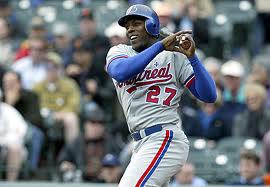In fantasy baseball, it is impossible to have all of your teams loaded with the top-tier talent necessary to win every season. Even keeper leagues have players at the top every year who struggle with injuries. You need depth, you need to find a diamond in the rough, and you need to take gambles in order to win. For that reason, you need to know some players who may fly under the radar. This is a list of 12 players who may be available a little later than you think in your baseball drafts who could ruin the lives of your fiercest competitors.
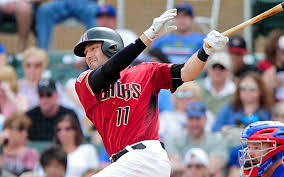
A.J. Pollock, OF, Arizona Diamondbacks
Pollock had all of 46 plate appearances in 2016 due to injuries. It isn’t so much that he is a legitimate sleeper as much as how low he may rank on several draft boards due to his extended absence. Remember, this is a guy who hit .315/.367/.498 with 39 doubles, 20 home runs, and 39 steals in 2015. He was the Yang to Paul Goldschmidt‘s Ying, worthy of an early selection last season. Don’t let him fall too far and reap the benefits if he falls into your lap.
Carlos Gomez, OF, Texas Rangers
Gomez struggled so mightily last season that the Houston Astros released him on August 18th. Two days later, Gomez signed with the Texas Rangers and promptly put up the type of line that Houston was looking for during his time there, erupting to a .284/.362/.543 line with eight home runs and 24 RBI in just 33 games – he had five home runs and 29 RBI in 85 games for Houston. He signed for one-year and $11.5 million to prove himself capable of All-Star production in his age-31 season. He is playing in the right place for another offensive outburst.
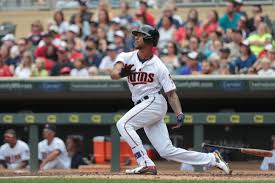
Byron Buxton, OF, Minnesota Twins
Buxton has really disappointed a lot of fans and prospect fanatics with a pretty abysmal start to his career. He has struck out 162 times (with just 29 walks) in 469 plate appearances, which has led to a putrid .220/.274/.398 triple-slash in his brief career. While others will look at those numbers and run, you shouldn’t let the prospect fatigue and struggles lead you astray. Look at Buxton’s September from 2016:
| G | GS | PA | AB | R | H | 2B | 3B | HR | RBI | SB | BB | SO | BA | OBP | SLG | OPS | TB | BAbip |
|---|---|---|---|---|---|---|---|---|---|---|---|---|---|---|---|---|---|---|
| 29 | 29 | 113 | 101 | 24 | 29 | 6 | 2 | 9 | 22 | 1 | 10 | 38 | .287 | .357 | .653 | 1.011 | 66 | .370 |
While the strikeouts are still worrisome, this supposed clone of a young Eric Davis showed power and the abilities that made people drool. He was given the job for the month of September and ran with it, which is downright scary with his speed tool and the BABIP right where most speedsters have theirs. Look for a breakout in 2017.
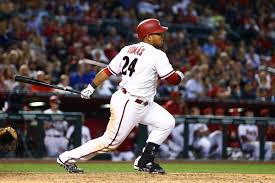
Yasmany Tomas, OF, Arizona Diamondbacks
Tomas was just a part of my story about overpaid Cuban free agents, so why would I have him on a sleeper list, you ask? Because Tomas has some tools that you can’t find everywhere, namely his power. He tore things up in the second half of 2016, posting a .913 OPS, which is impressive for a guy who walked in just 5.5% of his plate appearances. It meant that the 18 bombs in the second half – and 31 overall – could be overlooked due to how ridiculously horrific the Diamondbacks have handled him. With Jake Lamb locked in at third, it appears that Tomas is officially a slugging outfielder, and his numbers could continue to climb with the return of the previously mentioned Pollock to the Arizona lineup.
Hernan Perez, 2B/3B/OF, Milwaukee Brewers
Over his first 351 career plate appearances (2012-2015), Perez was pretty useless, posting a .235/.251/.307 line with 15 doubles, three triples, one homer, and six stolen bases. Then, at age 25, Perez got an opportunity in Milwaukee, and, boy, did he make the most of it. In the second half of the 2016 season, this previously unknown, organizational depth player went on to post a .281/.313/.449 triple-slash with nine home runs, 14 doubles, two triples, and 24, count ’em…24, stolen bases. He’d total 13 bombs and 34 steals on the season, playing third, second, and outfield. While no one knows whether he will put up similar numbers, Perez has some value, even if it is only in deep mixed leagues. That position flexibility is Zobrist-like, while the production isn’t too far off, either. He would be a nice addition in late rounds for depth purposes, though the addition of Travis Shaw at third could lead to Perez being a one-year wonder.
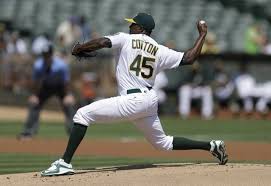
Jharel Cotton, RHP, Oakland Athletics
Cotton was a 20th round pick by the Dodgers in 2012, acquired by the A’s in the Rich Hill and Josh Reddick deal last season. He had long had solid numbers in the minors, striking out 10 per 9 IP over the course of 490+ minor league innings. Upon reaching the majors for the first time in September, Cotton posted video game numbers over five starts with a 2.15 ERA, 0.82 WHIP, 23:4 K:BB, and 6 H/9. It is anyone’s guess as to whether the 5’11” right-hander will continue to miss bats at that rate, but you don’t want to be the one who watches someone else benefit from the gamble. He’s penciled in as Oakland’s No. 4 starter, so continue to monitor him this spring.
James Paxton, LHP, Seattle Mariners
If only this guy could stay healthy…which is exactly why he is a sleeper. After making only 20 starts in 2016, Paxton is the type of guy that Brett Anderson would like to be and every other pitcher avoids becoming; however, his final 11 starts were pretty impressive, injury-free, and worthy of fantasy acknowledgment. He posted a 71:9 K:BB over 67.2 innings, a 3.19 ERA and 1.05 WHIP, and a .235 BAA. Seattle made a lot of deals this winter to become contenders, and Paxton could be a “guy” who improves enough or continues to pitch like he did last season, to help make that happen.
Daniel Norris, LHP, Detroit Tigers
Norris had an interesting year, spending a lot of time rebuilding stamina after beating cancer between the 2015 and 2016 season. Upon sticking in the Tigers rotation (from August 9th onward), the young left-hander posted a 3.04 ERA and 55 punchouts in 56.1 innings. While the 1.37 WHIP and 19 walks in the same 56.1 innings is worrisome, Norris has shown the ability to make it work. He will turn just 24 in April and he has to beat Matt Boyd and Mike Pelfrey to earn the No. 5 spot, but, if he wins it, he has the stuff and the teachers (Justin Verlander and Jordan Zimmermann) to learn on the job.
Robbie Ray, LHP, Arizona Diamondbacks
Run in terror if you’d like, but don’t forget to look at the 11.3 K:9 that Ray posted in 2016. That led to a whopping 218 strikeouts in 174.1 innings. Sure, the 4.90 ERA is gross. Sure, the 1.47 WHIP is disgusting. There is something here. You don’t miss that many bats without having great stuff. This will be Ray’s age-25 season and he will take another step forward because he won’t be posting a .355 BABIP in 2017 and he won’t be losing 15 games again if he throws it by so many opposing hitters in 2017. Keep in mind, Ray’s FIP was 3.76 in 2016. Jose Peraza, 2B/OF, Cincinnati Reds
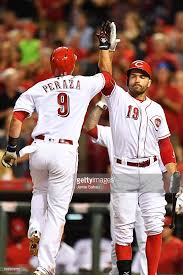
Jose Peraza, 2B/OF, Cincinnati Reds
Everyone is going to be on the Peraza bandwagon, with valid reasons. When the Reds traded Brandon Phillips (and millions of dollars that “small-market” teams don’t have) to the Atlanta Braves, it made fantasy baseball fans celebrate. Peraza posted a .324/.352/.411 triple-slash and 21 stolen bases in just 72 games and 256 plate appearances. With Peraza and Billy Hamilton around, the Reds could look a lot like the St. Louis Cardinals of the 1980’s, when Vince Coleman and Willie McGee ran wild on the league. They just have to get on base for that to happen, and Peraza has been more of a hit-tool and speed talent than an on-base machine.
Joe Panik, 2B, San Francisco Giants
After getting hit in the head on June 18, Panik battled some concussion symptoms, having played through them by passing concussion protocol through MLB. After the beaning, Panik hit just .215/.305/.346. Prior to that, he was hitting .263/.326/.411. Obviously, there could be something in the Justin Morneau area here that could scare you away from wanting Panik on your fantasy team, but he showed a couple of statistics that would warrant a rebound. Overall, including the times that he was apparently dazed, Panik walked more than he struck out in 2016, while posting career highs in homers (10) and RBI (67). In addition to that, Panik had a woeful .245 BABIP. While the league average is typically around .300, Panik’s was incredibly low. There are always outliers and it appears that Panik was one of them in 2016. Expect a rebound in 2017.
Brandon Finnegan, LHP, Cincinnati Reds
The Reds have a lot of interesting young pitchers. Finnegan was, prior to Anthony DeSclafani‘s return from injury, the only Reds’ pitcher worth owning in fantasy leagues. Like any young pitcher, there were growing pains…lots of them; however, it wasn’t all Finnegan’s fault. The Reds had Finnegan paired with Ramon Cabrera in 12 of his 31 starts and Cabrera was ranked 113th out of 114 catchers in pitch framing. Whether that is something you consider or not, you should know that he should have Devin Mesoraco back there again, barring another injury, in 2017. In addition to the potentially damning battery mate in 2016, Finnegan was able to change something in his approach down the stretch, throwing a changeup more often and posting some ridiculous numbers over his final seven starts: 1.93 ERA, 1.15 WHIP, 47:16 K:BB, 37.1 IP, .199 BAA. Sure, the Reds will be one of the worst teams in MLB in 2017…unless they have players like Finnegan continue to grow while on the job. Consider adding him in late rounds and be willing to bail on him if he goes through battles of inconsistency in the middle of the year.
